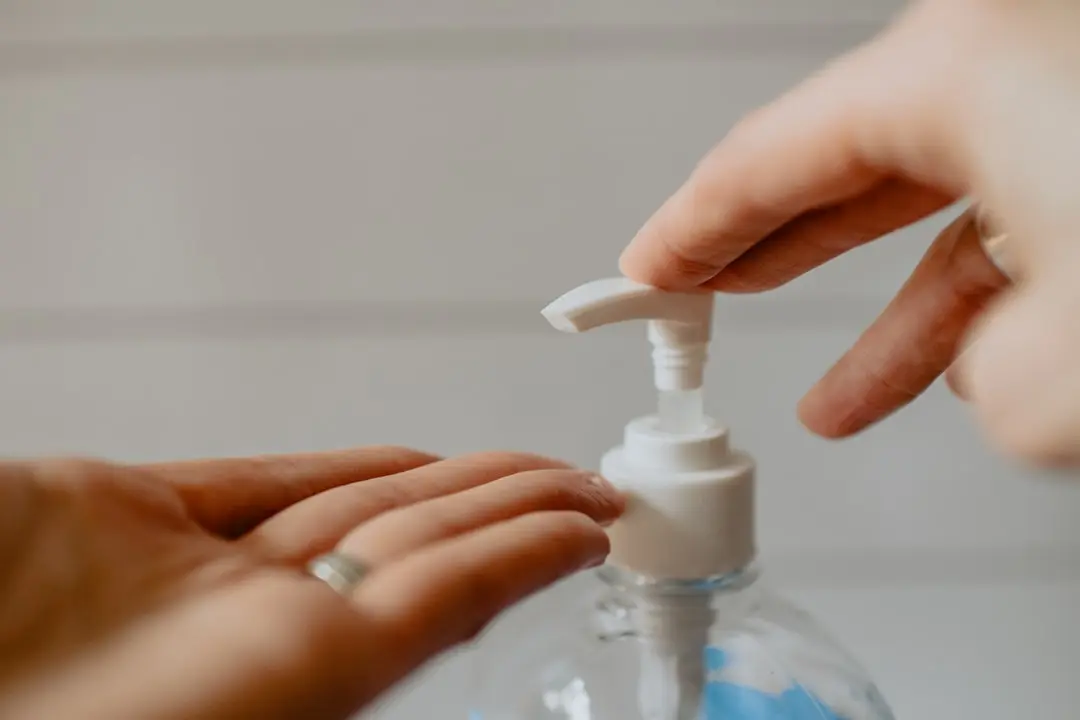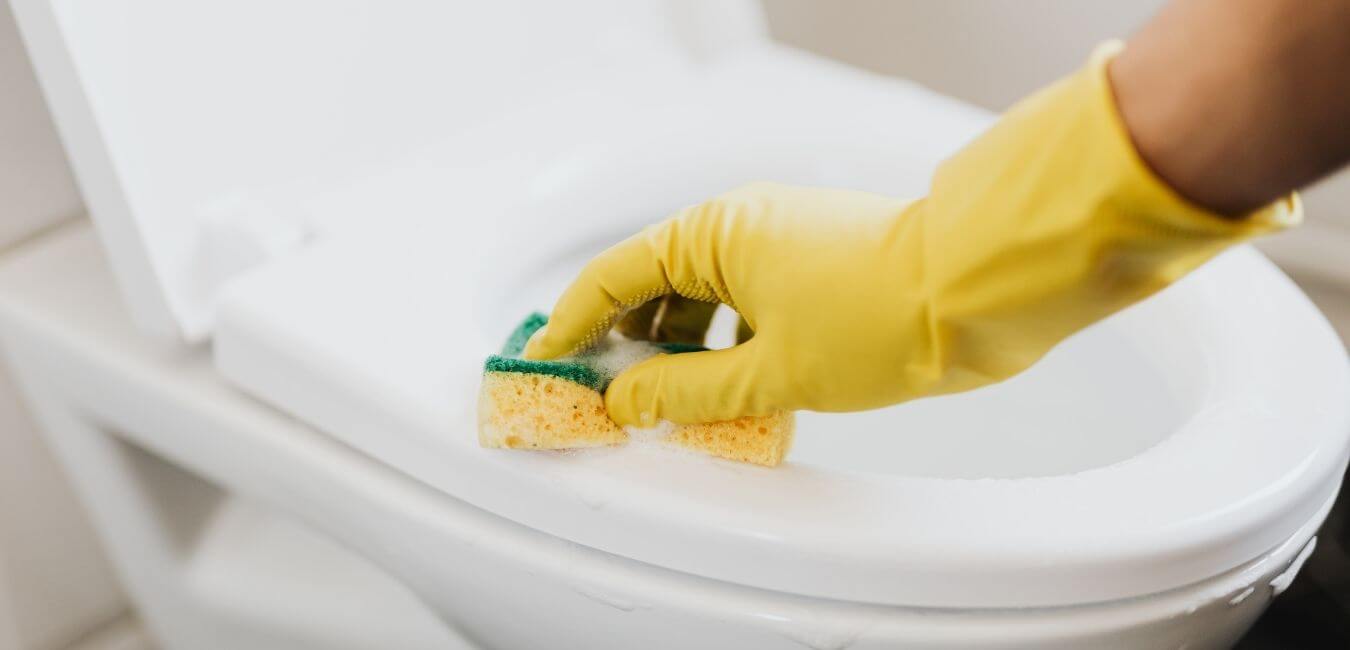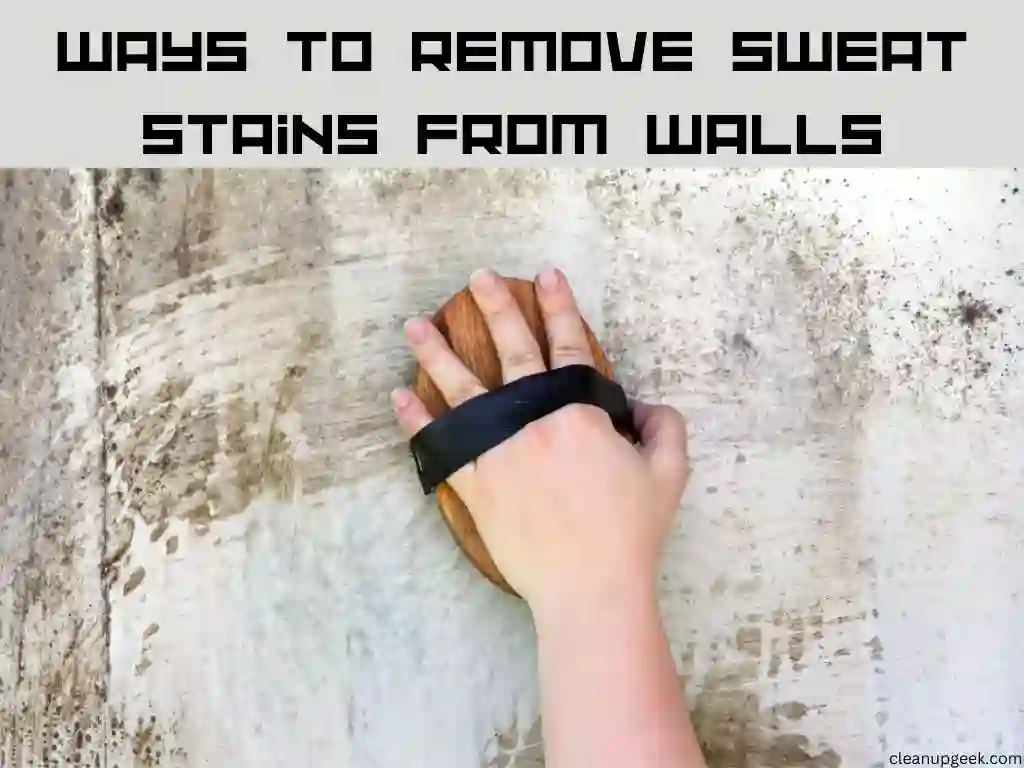Dusting delicate surfaces can be a daunting task, with the fear of leaving scratches or damaging the surface. Did you know that specific techniques and tools can help prevent such damage?
This article is packed with effective dusting methods, from innovative strategies to common mistakes to avoid.
Ready to transform your cleaning routine while assuring scratch-free results? Dive in!
KEY INFORMATION
- Choosing the right tools, such as microfiber cloths and Swiffer dusters, is essential for dusting delicate surfaces without scratching them.
- High-tech dusting tools like microfiber dusters and vacuum cup attachments can effectively remove dust from hard-to-reach areas without causing damage.
- Natural solutions like using a microfiber cloth with water and mild dish soap or making a vinegar and water spray can safely clean delicate surfaces without scratches.
- Dusting techniques like washing microfiber cloths regularly, vacuuming with pantyhose-covered brushes, and using dusting oils or sprays can help prevent scratches on delicate surfaces.
Choosing the Right Tools for Dusting
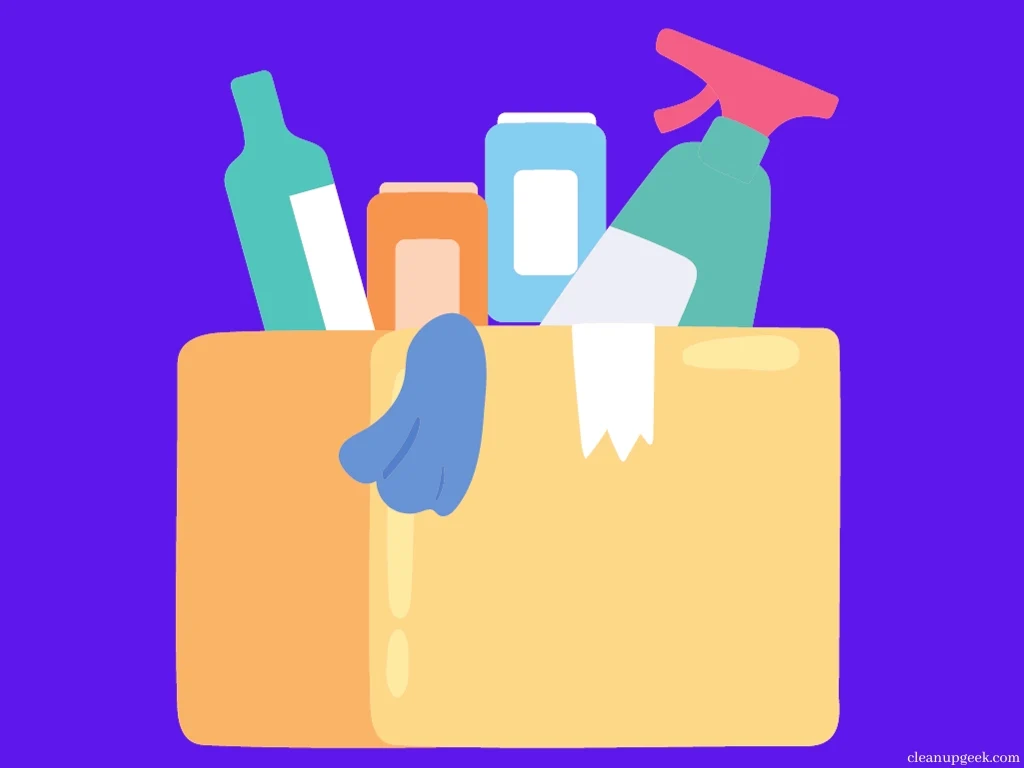
When it comes to dusting delicate surfaces, choosing the right tools is essential. Microfiber cloths are a great option as they are soft and gentle, while Swiffer dusters make it easy to reach difficult areas.
High-tech dusting tools can also be effective for removing dust without scratching delicate surfaces, and natural solutions like vinegar and water can provide an eco-friendly alternative.
Microfiber cloths
Microfiber cloths are a top pick for dusting. They are soft on surfaces, making them great for cleaning electronics. A microfiber cloth with a smooth or suede weave is the best choice to avoid scratching delicate surfaces.
Cotton cloths can cause tiny scratches because they have more cuts than microfiber and organic particles lead to small marks. Extra care should be taken in choosing the right type of cloth to ensure that no harm comes to your precious items while dusting.
Swiffer dusters
Swiffer dusters are a popular choice for dusting because they are convenient and easy to use. They come with disposable cloths that attract and trap dust effectively. The microfiber cloths on Swiffer dusters are gentle on delicate surfaces, making them suitable for cleaning electronics or fragile items.
The electrostatic charge in the cloths helps to capture more dust compared to traditional feather dusters. Swiffer dusters can be used on floors, furniture, shelves, and other surfaces throughout your home.
They are a handy tool for quick and efficient dusting without the risk of scratching delicate surfaces.
High-tech dusting tools
When it comes to dusting, high-tech tools can make the job easier and more efficient. One option is a microfiber duster, which uses electrostatic properties to attract and trap dust particles.
Another tool is a vacuum cup attachment that can be used on delicate items like figurines or decorations. Additionally, there are handheld vacuums with small brush attachments specifically designed for dusting electronics without causing damage.
These high-tech tools help in effectively removing dust from hard-to-reach areas and delicate surfaces without scratching or causing any harm.
Natural solutions
To avoid using harsh chemicals or abrasive cleaners that can cause damage or discoloration, you can try natural solutions for dusting delicate surfaces. One option is to use a microfiber cloth dampened with water and mild dish soap.
This gentle cleaning solution can effectively remove dust without scratching the surface. Another natural solution is to make your own dusting spray by mixing equal parts vinegar and water.
Simply spray it onto a microfiber cloth and wipe away the dust. These natural solutions are safe for delicate surfaces and can help prevent scratches while keeping your home clean and shiny.
Innovative Dusting Techniques
Discover some unique and effective dusting techniques, such as microfiber cloth hacks and vacuuming with pantyhose, that will help you achieve a spotless clean on delicate surfaces.
Read more to take your dusting skills to the next level!
Microfiber cloth hacks
To get the most out of your microfiber cloth, there are some handy hacks you can try. Firstly, if your microfiber cloth is getting dirty or losing its effectiveness, make sure to wash it regularly with mild dish soap and warm water.
This will help remove any dirt or debris that could scratch delicate surfaces. Secondly, when using a microfiber cloth on electronic devices like smartphones or tablets, be sure to use a smooth or suede weave cloth to avoid any potential scratching.
Lastly, it’s important to remember that cotton cloths have more cuts than microfiber and can cause micro-marring on delicate surfaces, so stick with the gentle touch of your trusty microfiber for cleaning tasks.
Remember: Wash your microfiber cloth regularly with mild dish soap and warm water to keep it clean and effective. Use a smooth or suede weave cloth for electronics to avoid scratching them.
Vacuuming with pantyhose
To effectively dust delicate areas or places that are hard to reach, try using a vacuum with a pantyhose-covered dust brush. This method allows you to remove dust without scratching the surface.
Simply stretch a clean pair of pantyhose over the vacuum attachment and secure it tightly. As you vacuum, the pantyhose acts as a barrier, preventing any abrasive materials from coming into contact with your delicate surfaces.
This technique is particularly useful for cleaning intricate details on furniture or reaching tight spots where traditional tools may not fit. Keep in mind that you should regularly wash and replace the pantyhose to ensure optimal cleanliness and effectiveness.
Using dusting oils or sprays
Dusting oils or sprays can be effective tools for preventing scratches on delicate surfaces. These products help to attract and hold onto dust particles, making it easier to remove them without causing damage.
When using a dusting oil, simply apply a small amount to a microfiber cloth and gently wipe the surface. This will not only remove the dust but also leave behind a protective layer that can help prevent future scratches.
Similarly, dusting sprays work by creating a thin barrier that repels dust, making it less likely to settle on the surface. Just spray the product onto a cloth or directly onto the surface and wipe away the dust in a gentle motion.
Tips for Dusting Difficult Areas
For high or awkward places, use a microfiber duster with an extendable handle for easy reach and maneuverability.
High or awkward places
Dusting high or awkward places can be a challenge, but with the right techniques and tools, it becomes much easier. When dusting high places like ceiling fans or tall furniture, consider using a microfiber duster with an extendable handle.
This allows you to reach those areas without straining yourself or risking accidents. For hard-to-reach spots like behind appliances or on top of cabinets, try using a vacuum cleaner with a long attachment and a brush tip.
It helps to remove dust effectively without climbing on ladders or moving heavy objects. Remember to work slowly and carefully to prevent any damage while reaching these tricky areas.
Delicate items
When dusting delicate items, such as fragile decorations or intricate figurines, it’s important to take extra care. Using a soft microfiber cloth or a small brush with gentle bristles can help prevent scratches.
Avoid using harsh chemicals or abrasive cleaners that can damage the surface. Instead, opt for mild dish soap mixed with water for cleaning. Gently wipe the item in circular motions without applying too much pressure.
Remember to handle delicate items with clean hands and avoid touching them unnecessarily during the dusting process to minimize the risk of accidental damage.
Electronics
When dusting electronics, it’s important to use gentle cleaning methods to prevent scratches and damage. Microfiber cloths are a great option for gently removing dust from electronic surfaces.
Choose a microfiber cloth with a smooth or suede weave to avoid scratching delicate screens or surfaces. Avoid using cotton cloths as they can have more cuts and may cause micro-marring.
It’s also important to avoid using harsh chemicals or spraying directly onto electronics, as this can cause damage or discoloration. Instead, lightly dampen the microfiber cloth with water or a mild dish soap solution before gently wiping the surface of your electronics.
Air vents
To dust air vents, start by turning off the HVAC system to prevent the spread of dust particles. You can use a microfiber cloth or a soft brush attachment on your vacuum to gently remove dust from the vent covers.
For hard-to-reach areas, you can wrap your pantyhose around a ruler or a long object and secure it with rubber bands. This will help you reach deep into narrow spaces and pick up any trapped dust.
Be sure to clean both sides of the vent cover thoroughly before reattaching it. Regularly cleaning air vents helps maintain proper airflow and prevents allergens from circulating in your home.
Preventing Scratches on Delicate Surfaces
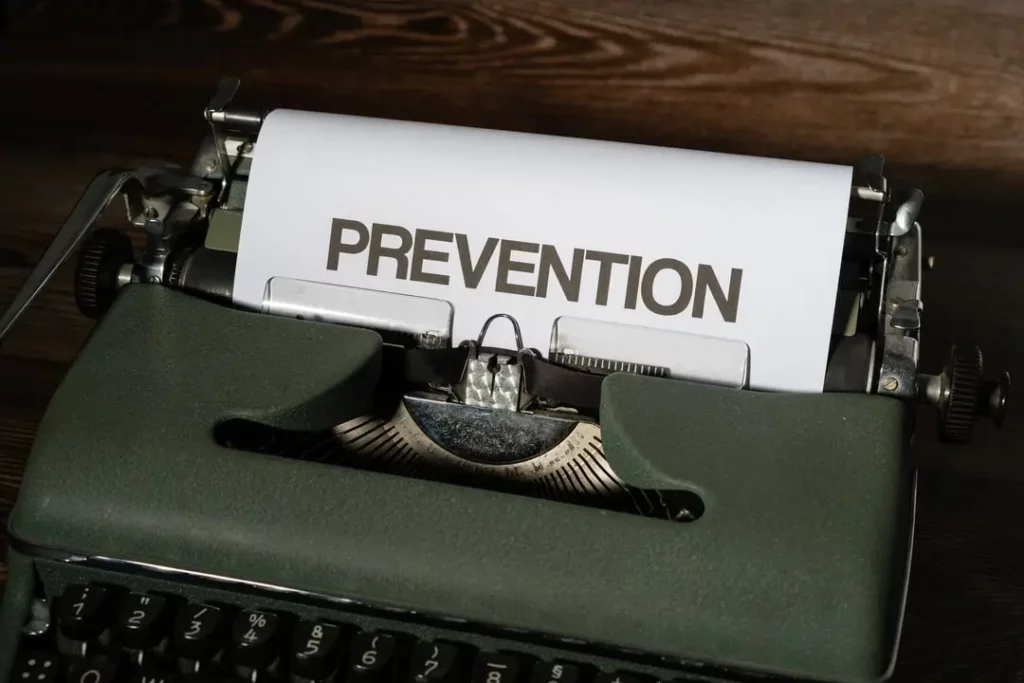
To prevent scratches on delicate surfaces, it is important to work slowly and gently while using the right tools. By following these tips, you can keep your items looking their best for years to come.
Working slowly and gently
To prevent scratches on delicate surfaces while dusting, it is important to work slowly and gently. Rushing through the process can increase the risk of accidentally scratching or damaging the surface.
Take your time and use light pressure when wiping or dusting fragile items or surfaces. Avoid using harsh scrubbing motions, as this can cause abrasions or leave marks behind. By being mindful of your movements and taking a gentle approach, you can effectively remove dust without causing any harm.
Using the right tools
To prevent scratches on delicate surfaces while dusting, it is essential to use the right tools. Microfiber cloths are gentle and effective for cleaning electronics and other delicate items.
Swiffer dusters are also a great option as they attract and trap dust without scratching surfaces. If you prefer high-tech solutions, there are innovative dusting tools available that can make your job easier.
For those who prefer natural solutions, mild dish soap mixed with water can be used with a soft cloth to clean delicate surfaces. By choosing the appropriate tools, you can ensure effective dust removal without causing any damage or scratches.
Emptying vacuum frequently
To prevent scratches on delicate surfaces while dusting, it is important to empty your vacuum frequently. This is because when the vacuum bag or canister gets full, it can become packed with dirt and debris that can scratch surfaces as you continue to use it.
By emptying the vacuum often, you ensure that there is enough space for the dust and particles to be collected without causing any damage. So make sure to check your vacuum regularly and empty it before it gets too full to keep your delicate surfaces safe from scratches.
Common Dusting Mistakes and How to Avoid Them

Using feather dusters can actually spread dust around rather than removing it, so opt for microfiber cloths or other effective tools instead. Vacuuming before dusting can also push dirt and debris onto surfaces, so always start with dusting first.
Adding an air purifier to your cleaning routine can help trap airborne particles and prevent them from settling on surfaces. Remember to take your time when dusting and work slowly and gently to avoid scratching delicate items.
Finally, always start from the top of a room and work your way down to ensure that you’re not accidentally causing more mess as you clean.
Using feather dusters
Feather dusters may seem like a convenient tool for dusting, but they can actually cause more harm than good. The soft feathers may not effectively trap and remove dust, leading to it being spread around instead.
Additionally, the feathers themselves can scratch delicate surfaces if not used gently. It is best to avoid using feather dusters altogether and opt for microfiber cloths or other gentle tools that are specifically designed for dusting delicate surfaces.
Vacuuming before dusting
Before dusting, it is a good idea to vacuum the area first. Vacuuming helps to remove larger particles and debris that may scratch delicate surfaces when you start dusting. By vacuuming beforehand, you can ensure that your dusting cloth or tool doesn’t pick up any abrasive particles that could cause damage.
This step is especially important for hardwood floors, as dirt and grit can easily scratch the surface if not removed beforehand. So remember, before you start dusting, take a few minutes to vacuum the area thoroughly for optimal results.
Not using an air purifier
Using an air purifier can be highly beneficial when it comes to dusting and preventing scratches on delicate surfaces. Air purifiers help to remove dust particles from the air, reducing the amount of dust that settles on surfaces.
This means that there is less dust to remove during your regular cleaning routine, which can minimize the risk of scratching delicate items. Additionally, air purifiers can also help to improve indoor air quality by removing allergens and pollutants, creating a cleaner and healthier environment for you and your clients.
So, consider investing in an air purifier to enhance your cleaning efforts and protect delicate surfaces from potential damage.
Dusting too quickly
When you dust too quickly, you may not be effectively removing the dust from surfaces. Dusting requires time and attention to detail. If you rush through the process, you may leave behind dust particles that can scratch delicate surfaces.
Take your time and make sure to thoroughly clean each area before moving on to the next. By dusting slowly and methodically, you can prevent scratches and keep your delicate surfaces looking their best.
Not starting from top to bottom
Starting from top to bottom is an important dusting technique that helps ensure thorough cleaning. When you start at the highest point and work your way down, any dust or particles that fall will be captured and removed as you continue dusting.
This prevents recontamination of surfaces and saves you time by not having to go over areas multiple times. Starting from top to bottom also allows gravity to work in your favor, making it easier to remove dust and dirt efficiently.
So remember, always begin at the top and work your way down when dusting for a more effective and efficient clean!
Conclusion and final thoughts
In conclusion, mastering dusting techniques is crucial for preventing scratches on delicate surfaces. By using the right tools, such as microfiber cloths and pantyhose-covered dust brushes, and working slowly and gently, you can keep your surfaces looking clean and scratch-free.
Remember to start from the top and work your way down to effectively remove dust without causing damage. With these tips in mind, you’ll be able to maintain the beauty of your delicate surfaces with ease.
FAQs

1. What are some dusting tips to prevent scratches on delicate surfaces?
Always use a soft brush or cloth for dusting your delicate items. Make sure to wash soiled dust cloths for effective cleaning and always be gentle to prevent any damage.
2. Why is surface maintenance important?
Surface maintenance is key in keeping your belongings looking clean and new. Proper techniques like using the right tools for heavy dust cleaning can help keep surfaces free from scratches and other damages.
3. How do I remove scratches from my wooden floors?
Preventing and removing scratches from hardwood floors starts with mastering proper cleaning techniques such as gently wiping instead of harshly scrubbing, which can cause more harm than good.
4. Can dull objects be turned dazzling again?
Yes, by using proper dusting methods like washing soiled cloths before reuse or even employing specific techniques for hair and lint removal can turn dull objects back into their dazzling selves!
5. Are there different ways of removing dust besides wiping?
Yes, there are several ways! Dusting refers not only to wiping but also includes other methods such as using a soft brush on furniture or reaching into hard-to-reach areas.
